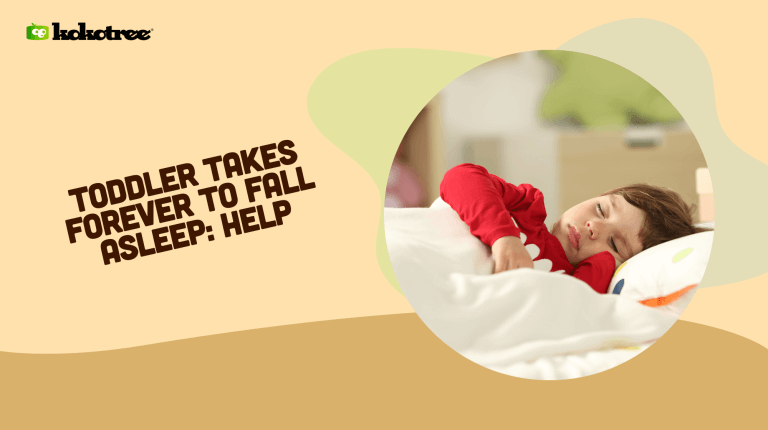

To help your toddler fall asleep more quickly, focus on establishing a consistent bedtime routine and creating a calming sleep environment. Encourage a regular sleep schedule, engage in relaxing pre-bedtime activities, and ensure the bedroom is comfortable with minimal distractions.
Consistency is key when managing your toddler’s sleeping habits. Establishing a regular bedtime routine lets your little one know what to expect and helps them wind down for the night. Here’s how:
The right sleep environment is crucial for the best toddler sleep. Keep these tips in mind:
Relaxation techniques can help your toddler settle down for sleep. Here are a few to try:
Healthy sleep habits play a vital role in your toddler’s overall well-being and development. Here’s how to encourage them:
Sleep training helps teach your toddler to self-soothe and fall asleep independently. Here are some popular methods:
Addressing your toddler’s developmental needs can support healthier sleep patterns. These activities can help:
By implementing these strategies, you can help your toddler fall asleep more quickly and enjoy restorative, healthy sleep. Be patient and consistent, and remember that every child is different – soon enough, you’ll discover the perfect bedtime routine that works for your little one.
Sleep associations are habits or conditions that your toddler links to falling asleep. Recognizing and modifying these associations can help improve their sleep patterns:
Empowering your toddler with self-help skills and fostering independence can contribute to better sleep:
Working together with your toddler’s childcare providers can help maintain sleep consistency:
By combining these additional strategies with the ones previously discussed, you can help your toddler fall asleep faster and enjoy healthier sleep patterns. Remember to be consistent, patient, and adaptable as you work towards improving your child’s bedtime routine and overall sleep quality.
Still have questions about your toddler’s sleep patterns and how to improve them? We’ve compiled answers to some common questions parents often ask, so you can better understand your child’s sleep needs and create an effective bedtime routine:
Most children gradually phase out daytime naps between the ages of 3 and 5. Consider your child’s individual needs, as some may stop napping earlier while others continue napping in kindergarten.
Generally, toddlers between the ages of 1 and 3 need 12 to 14 hours of sleep per 24-hour period, including naps. As children grow older, their sleep needs may decrease slightly, with preschoolers aged 3 to 5 typically needing 10 to 13 hours of sleep.
Yes, teething can cause sleep disruptions in toddlers, as the pain and discomfort make it harder for them to fall asleep and stay asleep. Offer comfort measures like a cool teething ring, gentle gum massage, or pain relievers as recommended by your pediatrician.
Maintain consistency in your bedtime routine, provide choices within the routine to give your toddler some control, and offer positive reinforcement for cooperative behavior. It is also important to address any fears or anxieties they may have about bedtime.
Yes, many toddlers feel more secure with a night light. Choose a soft, red-toned light to avoid disrupting the production of melatonin, a sleep hormone.
Pick an appropriate time to transition, create a safe and appealing sleep space, and maintain your bedtime routine. Be prepared for some initial boundary-testing and provide reassurance throughout the process.
Foods rich in calcium, magnesium, and tryptophan, like dairy products, bananas, and whole grains, can help promote sleep. Avoid feeding your toddler sugary snacks or caffeine-laden foods close to bedtime.
If your toddler frequently struggles with falling asleep, staying asleep or displays symptoms like snoring, gasping, or pauses in breathing, consult your pediatrician to rule out potential sleep disorders or other medical issues.
Over-the-counter and prescription sleep aids are generally not recommended for toddlers. Always consult your pediatrician before giving your child any sleep aid or supplement.
Maintain consistency in your bedtime routine, offer reassurance, and be patient during sleep regressions. These periods are temporary and usually resolve on their own within a couple of weeks.
On average, it can take a toddler 15-30 minutes to fall asleep. Patience and consistency in bedtime routines may help reduce this time frame; however, it’s important to remember that each child is unique, and their sleep onset time may vary.




